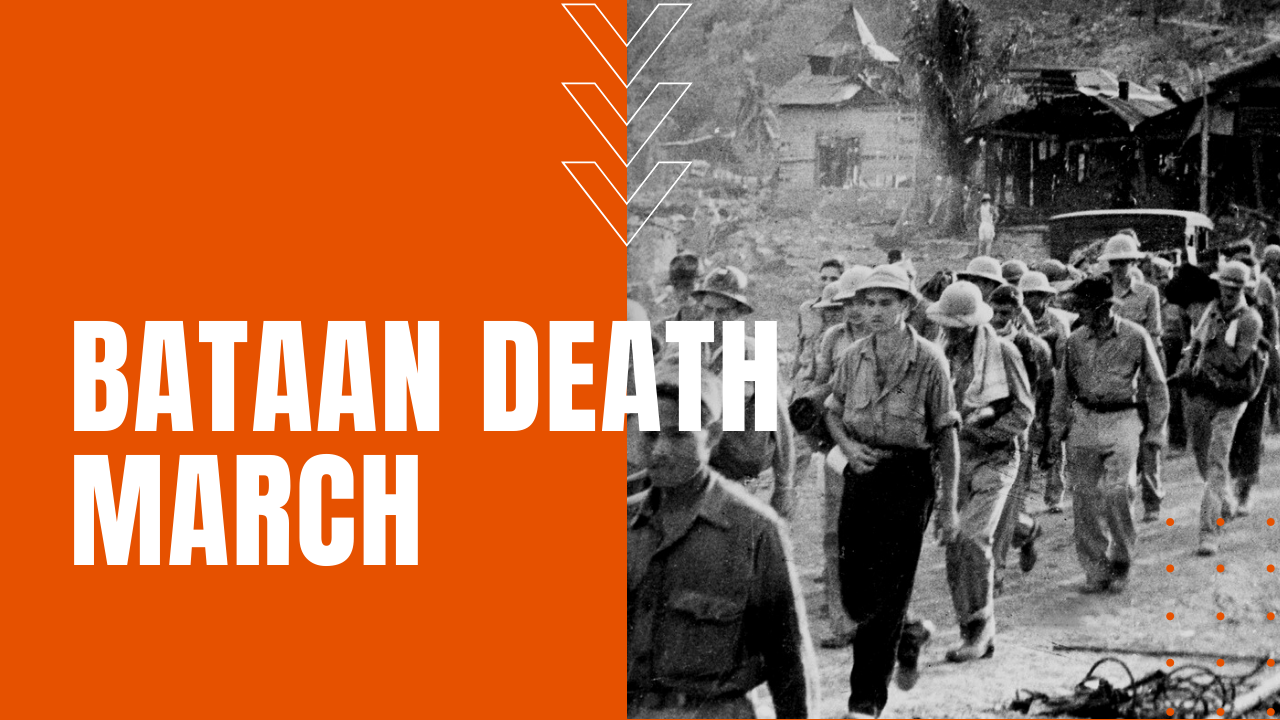Bataan Death March of World War II

In early 1942, the Japanese bombed Manilla, after it had been declared an open city, forcing a humiliated Douglas MacArthur to escape the Philippines before his 80,000 American and Filipino troops surrendered at Bataan.
While the Japanese were woefully unprepared for such a massive surrender, some 50,000 wounded, disease-ridden and starving Allied prisoners began a disorganized, ill-supplied march through blazing heat to inadequate prison camps 100 miles to the north, kicking off the Bataan Death March, which would last for several brutal days to come.
To the Japanese, the ancient Samurai code of Bushido emphasized death before dishonor, which meant that even before the march began, Japanese soldiers who oversaw the prisoners considered them sub-human and largely worthless.
As a result, Japanese soldiers beat Allied prisoners brutally, chopping off fingers to get West Point rings, murdering any man caught with Japanese currency. The men walked in 105-degree heat without water, forcing prisoners to run into Carabao wallows, pushing away the surface scum for a desperate drink of the water.
The move would prove to be lethal in many ways, since their swallows of tainted water onboarded bacterias such as dysentery and cholera. To fall back or fall out of line was to die beneath Japanese bayonets, bullets or swords.
Strength and perseverance was a prisoner’s only path to survival, and when the Japanese hit a given prisoner, his only recourse was to immediately retake his feet. Anyone who failed to get up was killed on the spot. Men helped their weakened comrades to keep their feet and stumble onward towards the camps.
The death toll would have been much higher if not for the brave Filipinos along the route, who attempted to give the prisoners water and sugar when the Japanese weren’t looking. Those that were caught were instantly killed.
The Bataan Death March Tolls
The movement of Bataan prisoners to camps in the north began on April 9th, 1942 and lasted for several days to come. Exact death toll numbers can only be estimated, with likely figures in a range from 5,650 to 18,000 lives.
By the end of the war, being a prisoner to the Imperial Japanese Army would prove to be 17.5 times more lethal than fighting them. While Allied prisoners held by the Germans saw an approximate 4% death toll during the course of the war, those in Japanese custody saw a pronounced jump in mortality figures to 27%.
